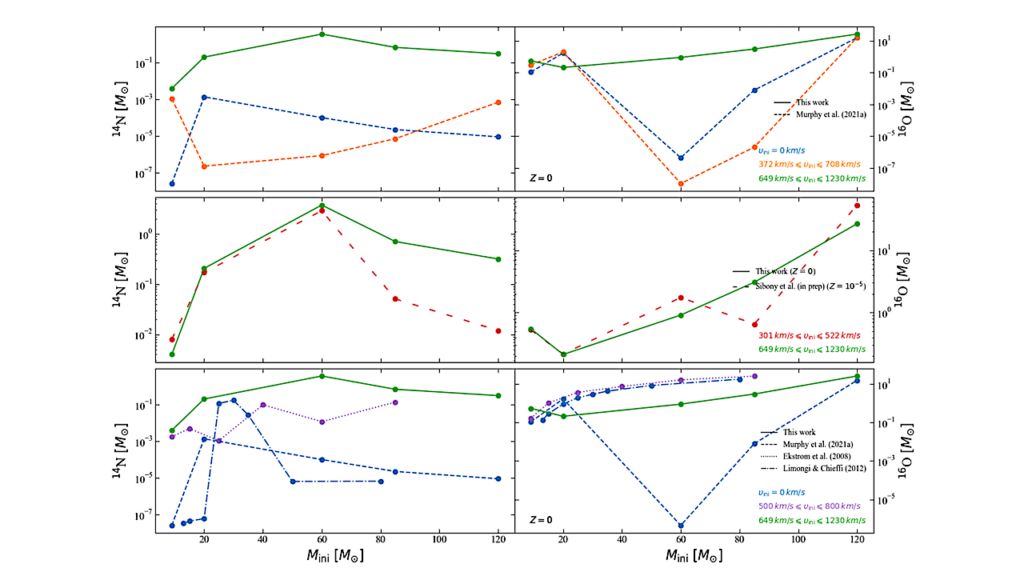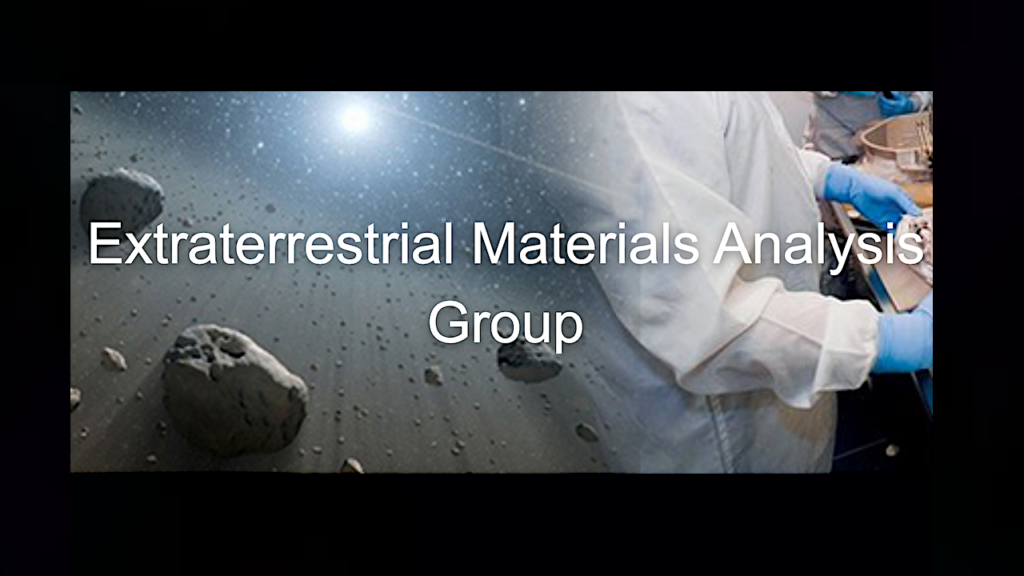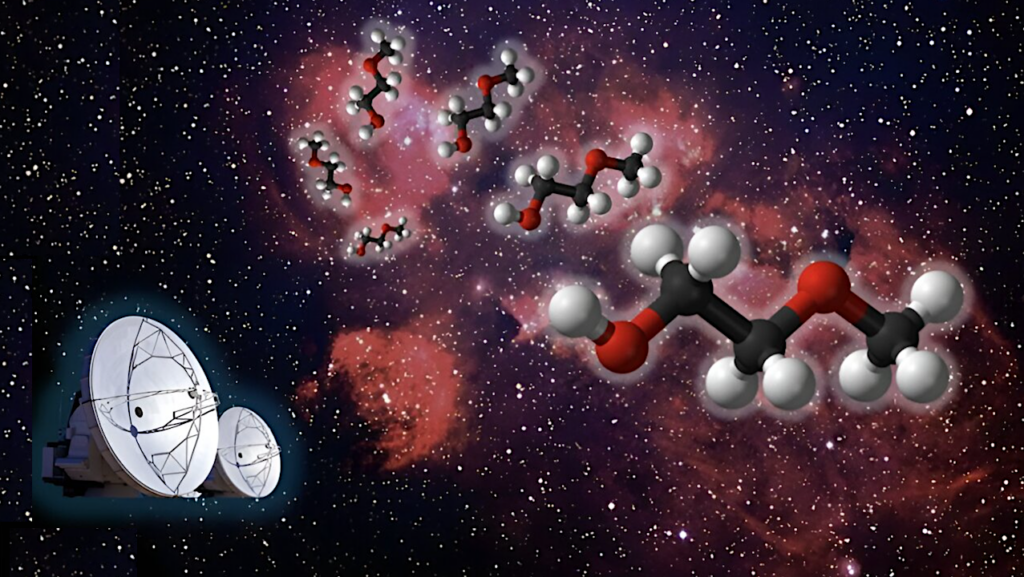Spitzer's Perspective Of Polycyclic Aromatic Hydrocarbons In Galaxies

Polycyclic aromatic hydrocarbon (PAH) molecules, as revealed by the distinctive set of emission bands at 3.3, 6.2, 7.7, 8.6, 11.3 and 12.7 μm characteristic of their vibrational modes, are abundant and widespread throughout the Universe.
They are ubiquitously seen in a wide variety of astrophysical regions, ranging from planet-forming disks around young stars to the interstellar medium (ISM) of the Milky Way and external galaxies out to high redshifts at z>4. PAHs profoundly influence the thermal budget and chemistry of the ISM by dominating the photoelectric heating of the gas and controlling the ionization balance.
Here, we review the current state of knowledge of the astrophysics of PAHs, focusing on their observational characteristics obtained from the Spitzer Space Telescope and their diagnostic power for probing the local physical and chemical conditions and processes. Special attention is paid to the spectral properties of PAHs and their variations revealed by the Infrared Spectrograph (IRS) on board Spitzer across a much broader range of extragalactic environments (e.g., distant galaxies, early-type galaxies, galactic halos, active galactic nuclei, and low-metallicity galaxies) than was previously possible with the Infrared Space Observatory (ISO) or any other telescope facilities. Also highlighted is the relation between the PAH abundance and the galaxy metallicity established for the first time by Spitzer.
Aigen Li
(Submitted on 23 Mar 2020)
Comments: 14 pages, 6 figures, Nature Astronomy (2020 April issue); I dedicate this invited review article to the 60th anniversary of the Department of Astronomy of Beijing Normal University, the 2nd astronomy program in the modern history of China
Subjects: Astrophysics of Galaxies (astro-ph.GA); Atomic and Molecular Clusters (physics.atm-clus); Chemical Physics (physics.chem-ph)
Cite as: arXiv:2003.10489 [astro-ph.GA] (or arXiv:2003.10489v1 [astro-ph.GA] for this version)
Submission history
From: Aigen Li
[v1] Mon, 23 Mar 2020 18:37:51 UTC (513 KB)
https://arxiv.org/abs/2003.10489
Astrobiology, Astrochemistry








